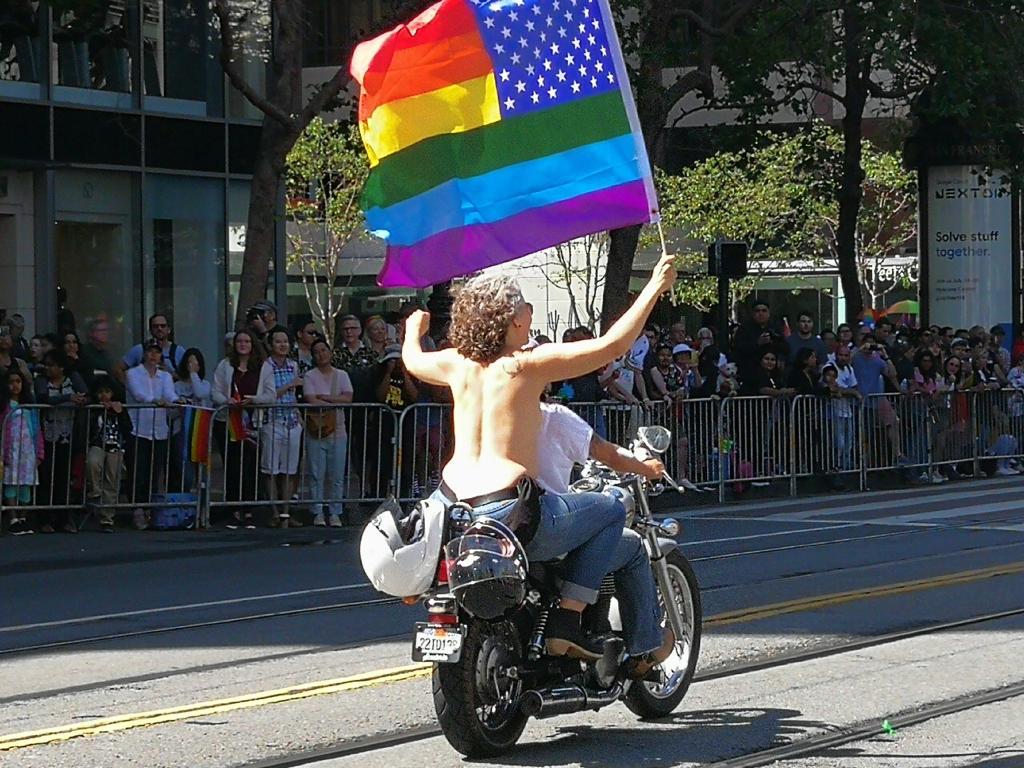
Con 40 años de historia, la bandera del orgullo LGBTQ+, con los colores del arcoíris, está más viva que nunca, buscando que todos aquellos que han sido reprimidos o que han sido atormentados por ser quienes son se sientan en libertad y con pleno reconocimiento de sus derechos, y este fin de semana ondeará celebrante en diversas partes del mundo con mucho orgullo.
El lienzo que busca abrazar a todos ha cambiado a lo largo del tiempo. Ondeó por primera vez el 25 de junio de 1978 en el cielo de la ciudad de San Francisco, luego de que fuera encargada por Harvey Milk, el primer hombre abiertamente homosexual en ser elegido para un cargo público en Estados Unidos, a Gilbert Baker, un artista y exsoldado que trabajaba como «drag queen».
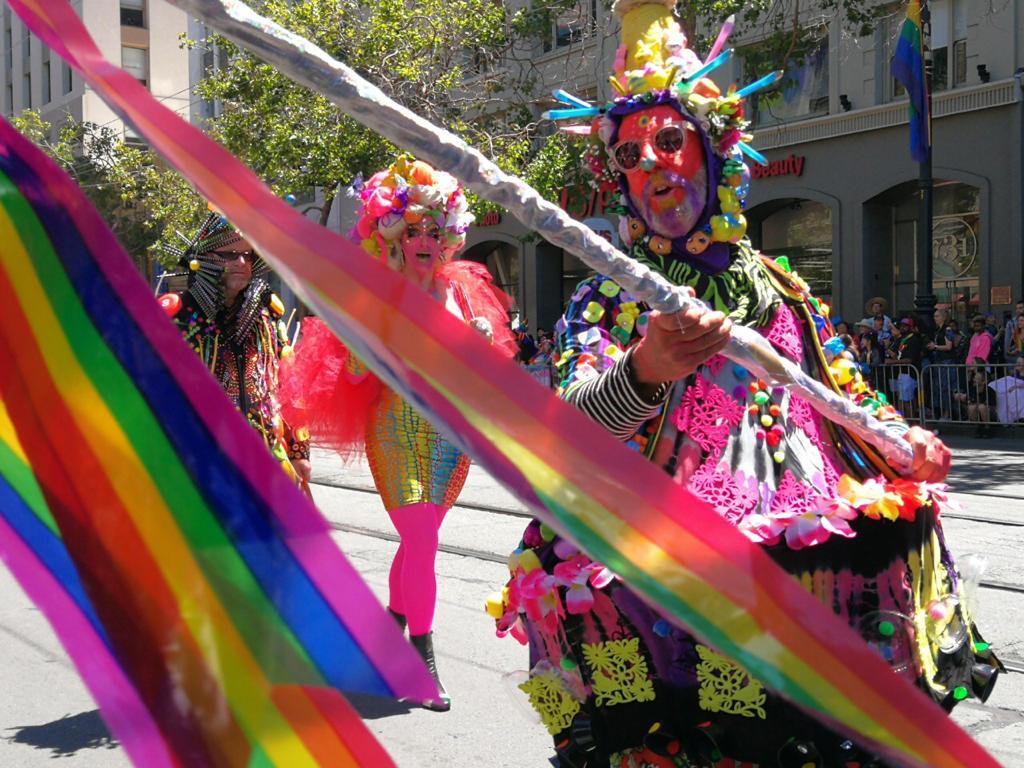
En la década de los 70 todo era convulso en Estados Unidos, recién terminaba la Guerra de Vietnam, Nixon renunciaba como presidente, y el país celebraba dos siglos de independencia. Pero, en medio de todo ello, la comunidad LGBTI ‒lesbianas, gays, personas trans, bisexuales e intersexuales‒, deseosa de dejar estar encerrada en un «closet», iniciaba un movimiento que le permitiera hacerse visible, tomando como estandarte los colores de un arcoíris capaz de abrazar a todos.
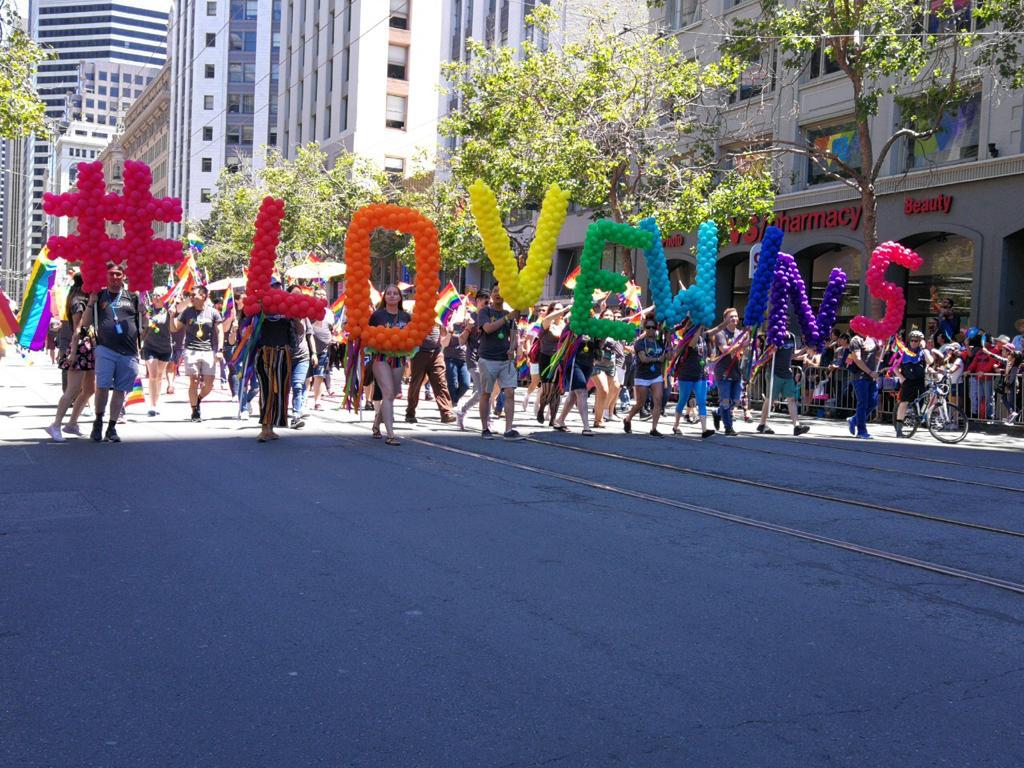
El primer diseño de Baker tenía ocho franjas de colores, las cuales estaban inspiradas en las bandas que tiene la bandera estadounidense y en los colores del arcoíris, ese último detalle debido a la inpiración de uno de los más grandes íconos de la comunidad LGBTI en ese momento, Judy Garland, quien, en uno de sus más emblemáticos personajes, Dorothy en «El mago de Oz», entonaba «Somewhere over the rainbow» ‒En algún lugar más allá del arcoíris‒.
8 colores, 8 significados
El diseño de Baker incluía el color rosa, el cual simbolizaba la sexualidad; rojo, la vida; naranja, salud; amarillo, la luz del sol; verde, naturaleza; turquesa, la magia; azul, la paz; y violeta, el espíritu.
30 voluntarios participaron para la creación del estandarte, todos ellos reunidos en el ático del Centro Gay comunitario en el 330 de la calle Grove, en San Francisco.
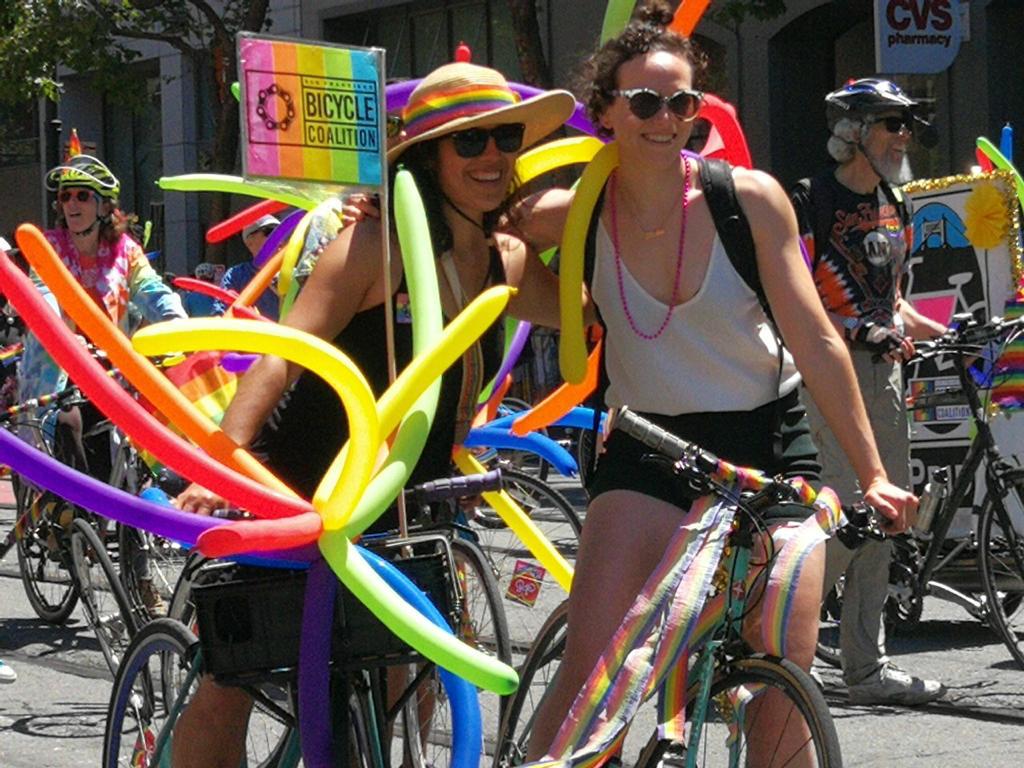
Ahí, tiñeron las franjas de algodón una a una con colorantes naturales para luego unirlas con hilo y aguja y finalmente plancharla.
Con el tiempo, esas ocho franjas pasaron de ocho a seis, pero Milk no pudo ver el diseño final, ya que el miembro de la Junta de Supervisores de San Francisco, junto al alcalde George Moscone, fue asesinado por Dan White, otro supervisor de la ciudad que había dimitido recientemente y quería recuperar su cargo.
Además de la bandera arcoíris, han surgido otras, propias de comunidades específicas, tal es el caso de la del orgullo lésbico, con colores que van desde los rosas a tonalidades más fuertes y, aunque no cuenta con un diseño en específico, sí ha incluido símbolos astronómicos como el de Venus, un triángulo negro invertido y un hacha de doble filo al centro.
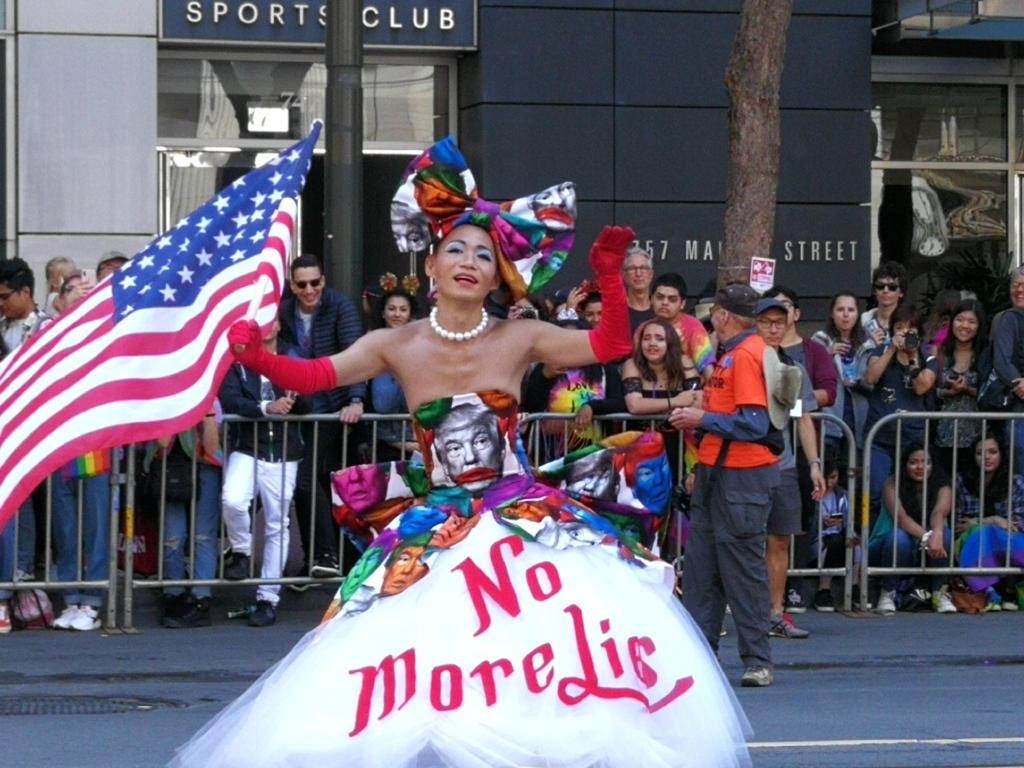
La bandera de orgullo trans fue creada en 1999 por la diseñadora Mónica Helms utilizándola por primera vez en la Marcha del orgullo de Phoenix, Arizona. Los colores característicos son de color pastel, el azul, el rosa y el blanco.
En el caso de la bandera de orgullo Queer, no binaria, se ha bañado de los colores morado, blanco y verde. Fue creada por la diseñadora Marilyn Roxie en 2019 y abarca a quienes no se identifican con algún género representando, también a géneros binarios y a la neutralidad.
La bandera del orgullo pansexual e intersexual cuenta con un fondo amarillo y un círculo morado en el centro, fue creada por la asociación Derechos Humanos de Personas Intersexuales de Australia en 2013.
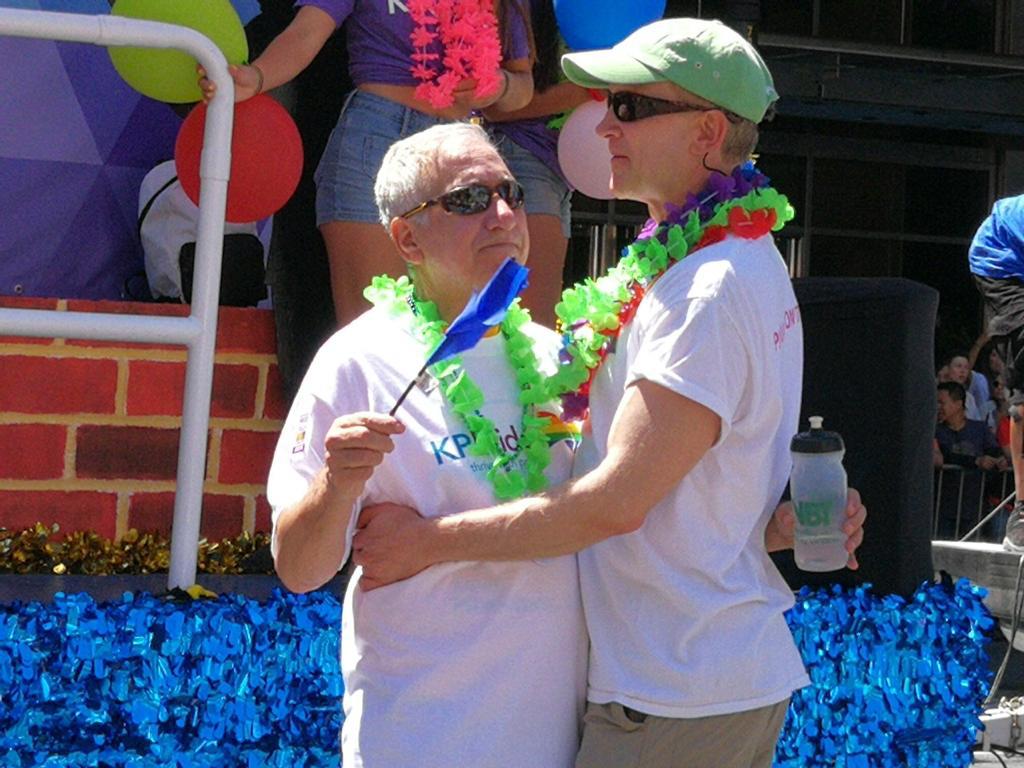
En tanto, la bandera de orgullo bisexual diseñada por Michael Page en 1998, consta de tres franjas: fucsia, lavanda y azul. En palabras del diseñador, el orden y color de las franjas representa a las personas que se sienten atraídas por su mismo sexo, mientras que la última identifica a aquellas que se sienten atraídas por el sexo opuesto y la de en medio a los bisexuales.
La bandera del orgullo asexual se caracteriza por tener el color negro que simboliza a las personas asexuales, el gris representa los diferentes niveles de deseo sexual y el blanco a los aliados, mientras que el morado a la comunidad sexo diversa.
Estandarte y expresión de libertad en marcha
Con colores llamativos que van desde los amarillos brillantes hasta los estrambóticos rosas, los desfiles de la marcha de orgullo LGBTQ+ representan, desde su dramático inicio, una expresión de libertad.
La Marcha del orgullo de San Francisco, una de las más esperadas, se celebrará este último fin de semana de junio con la temática de «Love Will Keep Us Together» ‒El amor nos mantendrá unidos‒.
Dicha celebración nace en San Francisco en 1970 como el «Orgullo de San Francisco» y cada año ha tenido distintas temáticas con el interés de simbolizar la libertad de las personas por expresar de manera abierta su identidad sexual.
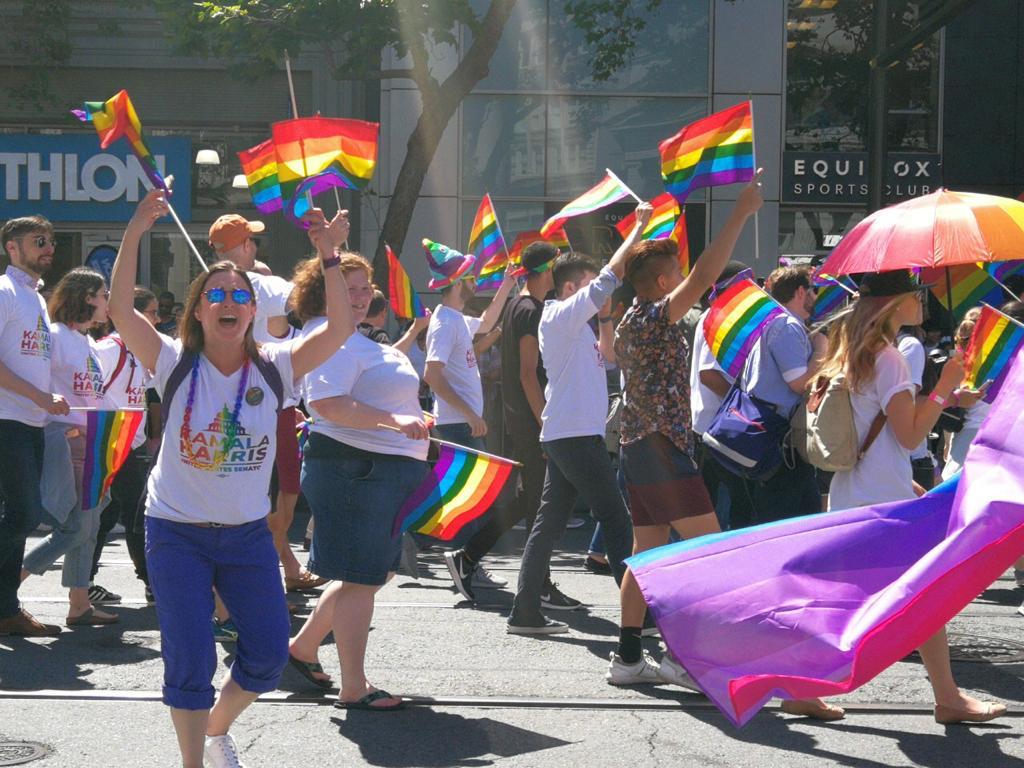
El desfile ofrece la oportunidad de que los grupos LGBTIQ+ disfruten de su libertad en las calles de la ciudad dando a conocerse y difundiendo sus creencias y alianzas de manera pública.
Los días de las celebraciones este año serán el 25 y 26 de junio, sin embargo, su punto más álgido será en el desfile del domingo por la mañana.
La marcha partirá de Beale Street e irá a lo largo de Market para terminar en la esquina con la calle 8, en el corazón del centro de San Francisco.
Para dicha celebración se espera que se prepararen cerca de 200 contingentes y expositores con escenarios coloridos y locales de la comunidad LGBTTTIQ+.
Te puede interesar: Harvey Milk: el eco de su lucha por los derechos LGBT+ continúa retumbando con fuerza

